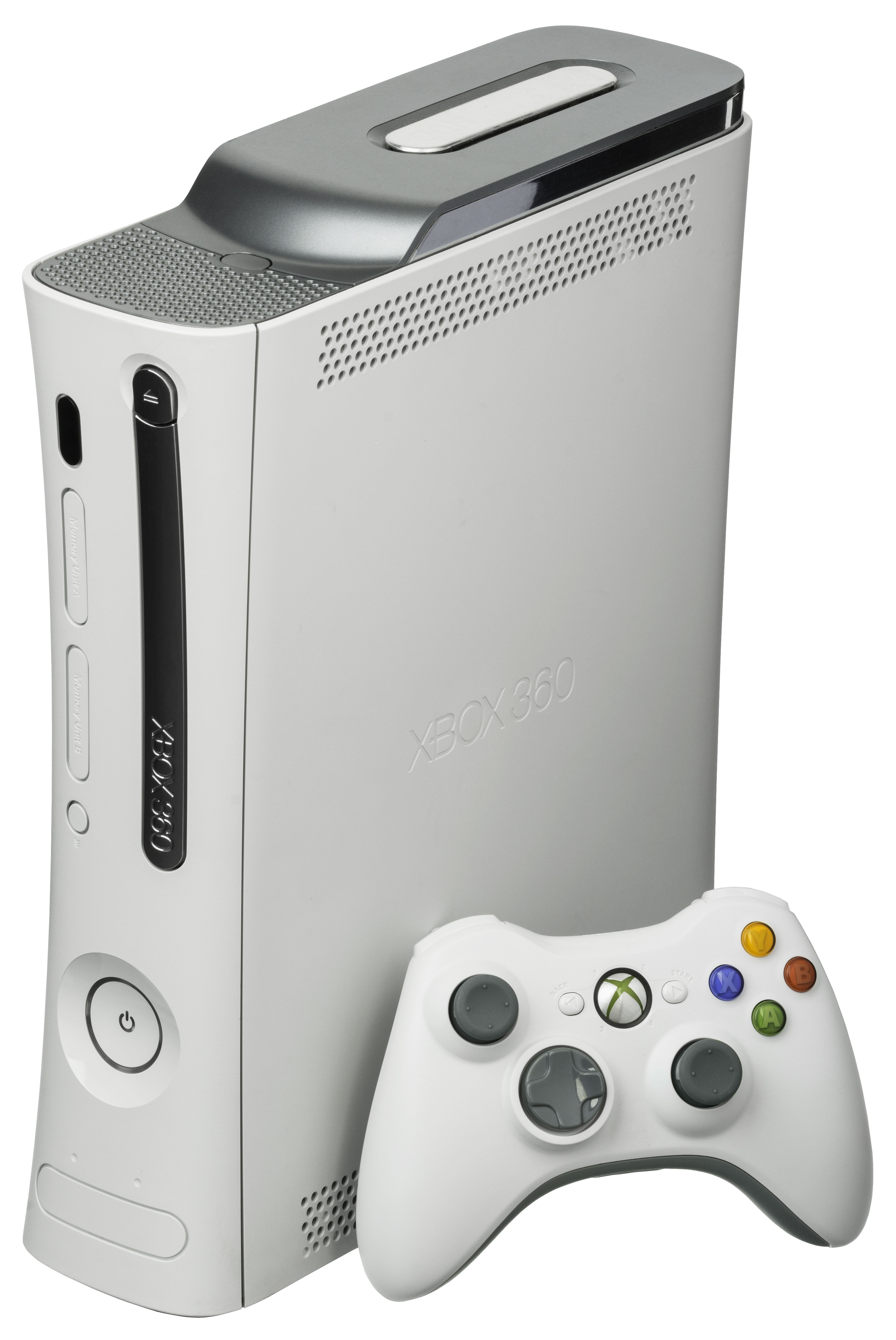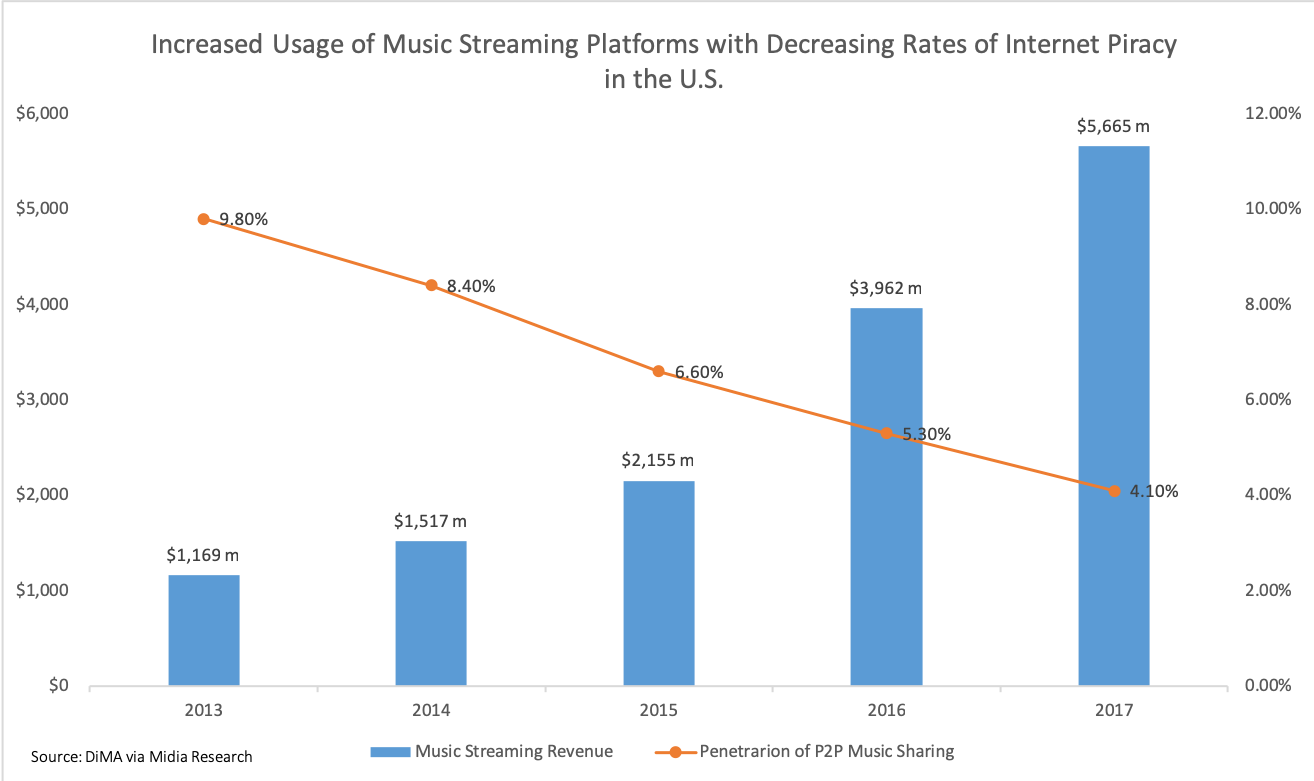|
Windows Media Connect
Windows Media Connect (WMC) is a UPnP AV server from Microsoft for Windows XP and later Windows operating systems, to share and stream media on a Windows computer to WMC clients. The first two releases of WMC were made available as stand-alone software, and included a client as well. Following that, it was renamed to Home Media Ecosystem (HME) and the media server component was integrated into Windows Media Player and Windows Home Server. WMC version 2.0 can be manually installed on Windows Server 2008 or Windows Server 2008 R2 32bit or 64bit operating system but this type of installation is not officially supported by Microsoft and requires manual tweaking of NT Services' dependencies in order to run. Version history WMC 1.0 was originally released as an out-of-band update to Windows XP, which could stream only Windows Media files. Version 2.0 added support for UNC paths and removable devices as well as enhanced support for media formats, including ASF. Future versions were not ... [...More Info...] [...Related Items...] OR: [Wikipedia] [Google] [Baidu] |
Local Area Network
A local area network (LAN) is a computer network that interconnects computers within a limited area such as a residence, school, laboratory, university campus or office building. By contrast, a wide area network (WAN) not only covers a larger geographic distance, but also generally involves leased telecommunication circuits. Ethernet and Wi-Fi are the two most common technologies in use for local area networks. Historical network technologies include ARCNET, Token Ring and AppleTalk. History The increasing demand and usage of computers in universities and research labs in the late 1960s generated the need to provide high-speed interconnections between computer systems. A 1970 report from the Lawrence Radiation Laboratory detailing the growth of their "Octopus" network gave a good indication of the situation. A number of experimental and early commercial LAN technologies were developed in the 1970s. Cambridge Ring was developed at Cambridge University starting in 1974. Et ... [...More Info...] [...Related Items...] OR: [Wikipedia] [Google] [Baidu] |
Windows Media Center
Windows Media Center (WMC) is a defunct digital video recorder and media player created by Microsoft. Media Center was first introduced to Windows in 2002 on Windows XP Media Center Edition (MCE). It was included in Home Premium and Ultimate editions of Windows Vista, as well as all editions of Windows 7 except Starter and Home Basic. It was also available on Windows 8 Pro and Windows 8.1 Pro as a paid add-on, before being discontinued in Windows 10, although it can reportedly be unofficially reinstalled using a series of Command Prompt commands. Media Center can play slideshows, videos and music from local hard drives, optical drives and network locations. Users can stream television programs and films through selected services such as Netflix. Content can be played back on computer monitors or on television sets through the use of devices called Windows Media Center Extenders. It is also possible to watch and pause live TV. Up to six TV tuners on a tuner card are supp ... [...More Info...] [...Related Items...] OR: [Wikipedia] [Google] [Baidu] |
Metadata
Metadata is "data that provides information about other data", but not the content of the data, such as the text of a message or the image itself. There are many distinct types of metadata, including: * Descriptive metadata – the descriptive information about a resource. It is used for discovery and identification. It includes elements such as title, abstract, author, and keywords. * Structural metadata – metadata about containers of data and indicates how compound objects are put together, for example, how pages are ordered to form chapters. It describes the types, versions, relationships, and other characteristics of digital materials. * Administrative metadata – the information to help manage a resource, like resource type, permissions, and when and how it was created. * Reference metadata – the information about the contents and quality of Statistical data type, statistical data. * Statistical metadata – also called process data, may describe processes that collect, ... [...More Info...] [...Related Items...] OR: [Wikipedia] [Google] [Baidu] |
Zune
Zune is a discontinued line of digital media products and services marketed by Microsoft from November 2006 until its discontinuation in June 2012. Zune consisted of a line of portable media players, digital media player software for Windows PCs, a music subscription service known as a "Zune Music Pass", music and video streaming services for the Xbox 360 game console via the Zune Software, music, TV and movie sales, and desktop sync software for Windows Phone. Zune was also the provider of music streaming for United Airlines in-flight, after a partnership in 2010. The Zune started as a line of portable media players (PMP) created in cooperation with Toshiba. Microsoft aimed to challenge and beat Apple, whose iPod line held an enormous market share. Three hard disk players ranging from 30 GB to 120 GB were released, alongside six flash players. However, its overall market share in the U.S. remained low, well below Apple and also lagging the SanDisk Sansa and Creative Zen. Micros ... [...More Info...] [...Related Items...] OR: [Wikipedia] [Google] [Baidu] |
PlayStation 3
The PlayStation 3 (PS3) is a home video game console developed by Sony Interactive Entertainment, Sony Computer Entertainment. The successor to the PlayStation 2, it is part of the PlayStation brand of consoles. It was first released on November 11, 2006, in Japan, November 17, 2006, in North America, and March 23, 2007, in Europe and Australia. The PlayStation 3 competed primarily against Microsoft's Xbox 360 and Nintendo's Wii as part of the seventh generation of video game consoles. The console was first officially announced at E3 2005, and was released at the end of 2006. It was the first console to use Blu-ray Disk technology as its primary storage medium. The console was the first PlayStation to integrate social gaming services, including the PlayStation Network, as well as the first to be controllable from a handheld console, through its remote connectivity with PlayStation Portable and PlayStation Vita. In September 2009, the ''Slim'' model of the PlayStation 3 was rele ... [...More Info...] [...Related Items...] OR: [Wikipedia] [Google] [Baidu] |
Xbox 360
The Xbox 360 is a home video game console developed by Microsoft. As the successor to the original Xbox, it is the second console in the Xbox series. It competed with Sony's PlayStation 3 and Nintendo's Wii as part of the seventh generation of video game consoles. It was officially unveiled on MTV on May 12, 2005, with detailed launch and game information announced later that month at the 2005 Electronic Entertainment Expo (E3). The Xbox 360 features an online service, Xbox Live, which was expanded from its previous iteration on the original Xbox and received regular updates during the console's lifetime. Available in free and subscription-based varieties, Xbox Live allows users to: play games online; download games (through Xbox Live Arcade) and game demos; purchase and stream music, television programs, and films through the Xbox Music and Xbox Video portals; and access third-party content services through media streaming applications. In addition to online multimed ... [...More Info...] [...Related Items...] OR: [Wikipedia] [Google] [Baidu] |
Video
Video is an Electronics, electronic medium for the recording, copying, playback, broadcasting, and display of moving picture, moving image, visual Media (communication), media. Video was first developed for mechanical television systems, which were quickly replaced by cathode-ray tube (CRT) systems which, in turn, were replaced by flat panel displays of several types. Video systems vary in display resolution, Display aspect ratio, aspect ratio, refresh rate, color capabilities and other qualities. Analog and digital variants exist and can be carried on a variety of media, including radio broadcast, magnetic tape, optical discs, Video file format, computer files, and Streaming media, network streaming. History Analog video Video technology was first developed for mechanical television systems, which were quickly replaced by cathode-ray tube (CRT) television systems, but several new technologies for video display devices have since been invented. Video was originally excl ... [...More Info...] [...Related Items...] OR: [Wikipedia] [Google] [Baidu] |
Music
Music is generally defined as the The arts, art of arranging sound to create some combination of Musical form, form, harmony, melody, rhythm or otherwise Musical expression, expressive content. Exact definition of music, definitions of music vary considerably around the world, though it is an aspect of all human societies, a cultural universal. While scholars agree that music is defined by a elements of music, few specific elements, there is Elements of music#Selection of elements, no consensus on their precise definitions. The creation of music is commonly divided into musical composition, musical improvisation, and musical performance, though the topic itself extends into #Academic study, academic disciplines, Music journalism, criticism, Philosophy of music, philosophy, and Music psychology, psychology. Music may be performed or improvised using a vast range of musical instrument, instruments, including the human voice. In some musical contexts, a performance or composi ... [...More Info...] [...Related Items...] OR: [Wikipedia] [Google] [Baidu] |
HTTP
The Hypertext Transfer Protocol (HTTP) is an application layer protocol in the Internet protocol suite model for distributed, collaborative, hypermedia information systems. HTTP is the foundation of data communication for the World Wide Web, where hypertext documents include hyperlinks to other resources that the user can easily access, for example by a mouse click or by tapping the screen in a web browser. Development of HTTP was initiated by Tim Berners-Lee at CERN in 1989 and summarized in a simple document describing the behavior of a client and a server using the first HTTP protocol version that was named 0.9. That first version of HTTP protocol soon evolved into a more elaborated version that was the first draft toward a far future version 1.0. Development of early HTTP Requests for Comments (RFCs) started a few years later and it was a coordinated effort by the Internet Engineering Task Force (IETF) and the World Wide Web Consortium (W3C), with work later moving t ... [...More Info...] [...Related Items...] OR: [Wikipedia] [Google] [Baidu] |
Streaming Media
Streaming media is multimedia that is delivered and consumed in a continuous manner from a source, with little or no intermediate storage in network elements. ''Streaming'' refers to the delivery method of content, rather than the content itself. Distinguishing delivery method from the media applies specifically to telecommunications networks, as most of the traditional media delivery systems are either inherently ''streaming'' (e.g. radio, television) or inherently ''non-streaming'' (e.g. books, videotape, audio CDs). There are challenges with streaming content on the Internet. For example, users whose Internet connection lacks sufficient bandwidth may experience stops, lags, or poor buffering of the content, and users lacking compatible hardware or software systems may be unable to stream certain content. With the use of buffering of the content for just a few seconds in advance of playback, the quality can be much improved. Livestreaming is the real-time delivery of ... [...More Info...] [...Related Items...] OR: [Wikipedia] [Google] [Baidu] |
Digital Media Receiver
A digital media player (also sometimes known as a streaming device or streaming box) is a type of consumer electronics device designed for the storage, playback, or viewing of digital media content. They are typically designed to be integrated into a home cinema configuration, and attached to a television and/or AV receiver. The term is most synonymous with devices designed primarily for the consumption of content from streaming media services such as internet video, including subscription-based over-the-top content services. These devices usually have a compact form factor (either as a compact set-top box, or a dongle designed to plug into an HDMI port), and contain a 10-foot user interface with support for a remote control and, in some cases, voice commands, as control schemes. Some services may support remote control on digital media players using their respective mobile apps, while Google's Chromecast ecosystem is designed around integration with the mobile apps of c ... [...More Info...] [...Related Items...] OR: [Wikipedia] [Google] [Baidu] |






